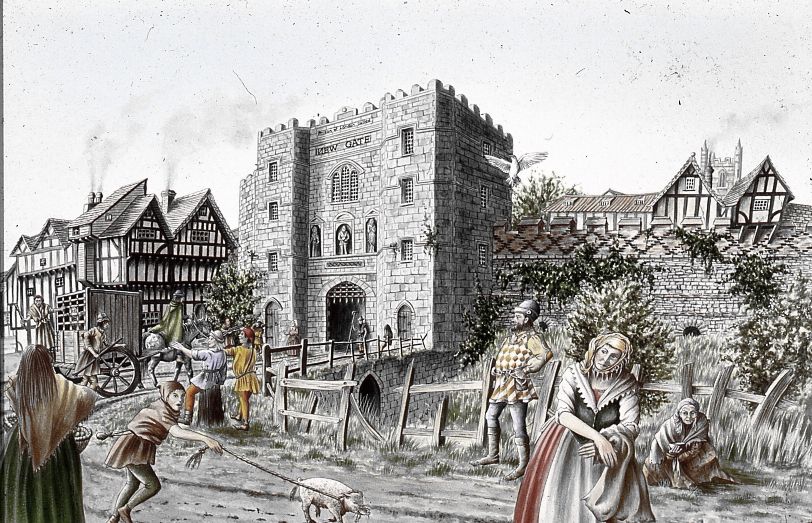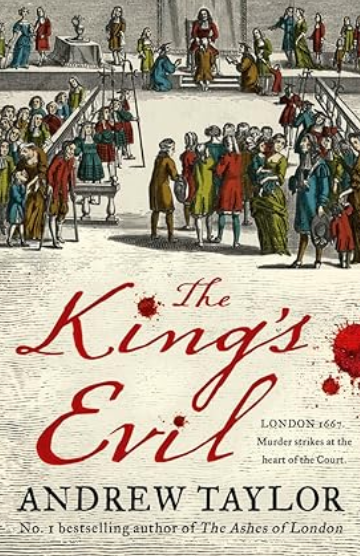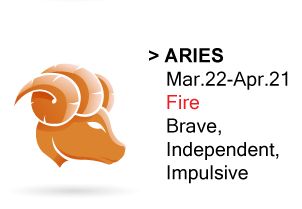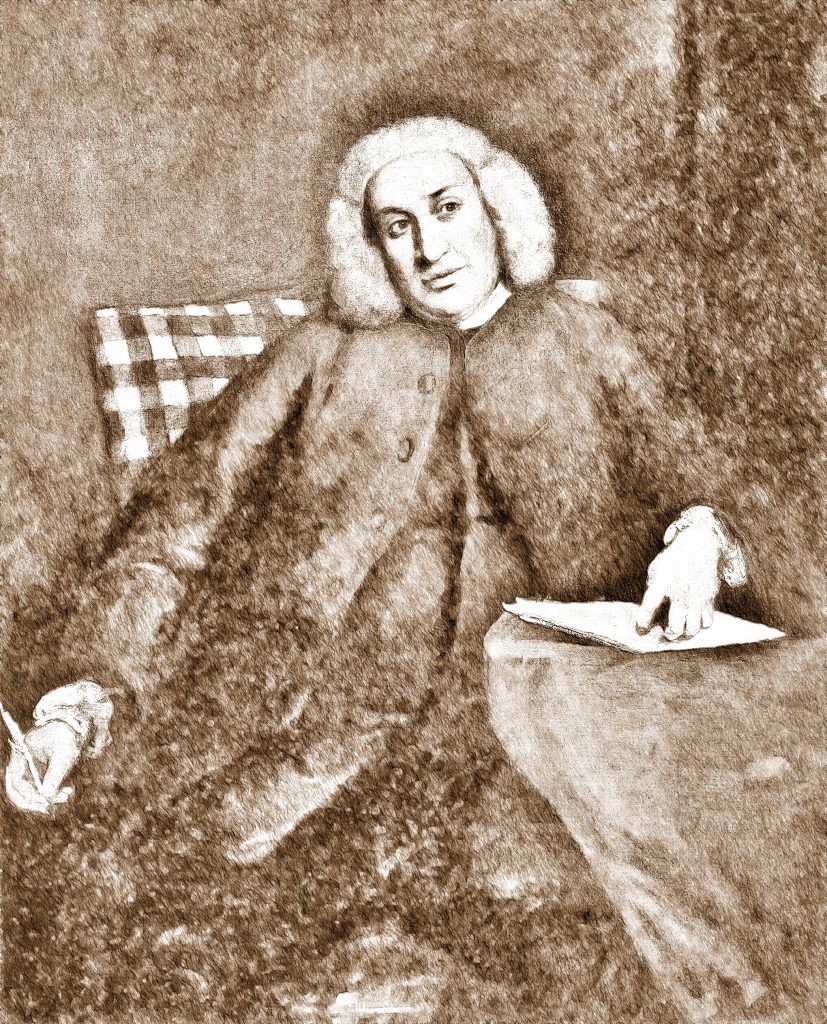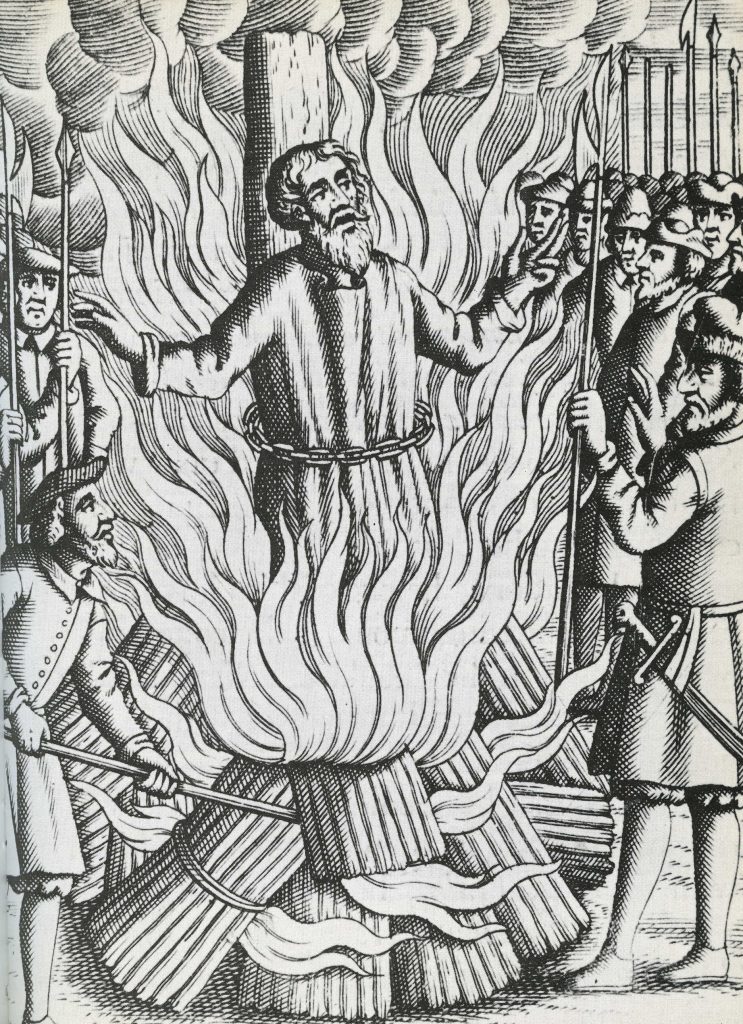
Today, is the feast day of 158 English Martyrs from the English School at Douai. They were killed by the English state between 1577 and 1680.
On the accession of the Protestant Queen Elizabeth, Catholics who preferred exile gathered in Douai (125 Kilometres South of Calais). An English School was set up, which was in essence a Catholic Oxford College in Exile. Its mission became to train priests to re-enter England and minister to the many Catholics who wanted to continue to practice their faith despite official intolerance.
Catholic worshippers were fined if they did not attend Church of England services in their local churches. Catholic Priests re-entering England could be charged with High Treason and, if found guilty, hanged, drawn and quartered. This was often at Tyburn (at the west end of Oxford Street in London).
In the short reign of Mary I, nicknamed ‘Bloody Mary’, over 250 protestants were burned at the stake for heresy. In the long reign of her sister, Elizabeth I, over 300 Catholics were executed for Treason by being Hanged, Drawn and Quartered. Elizabeth is known as ‘Good Queen Bess’. There is no value in balancing evil, but pro-rata Mary’s reign was much more bloody. Elizabeth would probably also suggest that she did not execute Catholics because of their belief, but because the policy of the Catholic Church was to destroy Elizabeth’s regime. So, the Priests were not executed for heresy but for treason. However, this is a fine distinction to be made, in such horrendous blood-letting.
The number of martyrdoms from one institution shows incredible bravery in the face of intolerance, and the Douai Martyrs were a remarkable group of people. Most have been beatified by the church, some have been made ‘venerable’, twenty have been canonised. A few remain simply as ‘martyrs’
In London in Ely Place is St Etheldreda’s Church, which has memorials to Catholic Martyrs, and no mention of Protestant Martyrs. A few hundred yards away in Smithfield is a plaque to the Protestant Martyrs under Queen Mary and no mention of the Catholic Martyrs. Personally, I think it is about time the two traditions made it clear that both groups of martyrs are worthy of equal distinction, and the authorities who allowed such toxic intolerance to triumph deserve our contempt.
Two examples of martyrs in Smithfield:
John Forest, a Franciscan Monk was burnt at the stake at Smithfield and commemorated in St Etheldreda’s Church. He was Catherine of Aragon’s Confessor, and refused to accept King Henry VIII as head of the Church of England.
John Rogers was a scholar and worked to continue William Tyndale’s work in translating the bible into English. He was the Vicar of the Holy Sepulchre Church, which is halfway between Smithfield and St Etheldreda. He was the first person to be burned during Queen Mary I’s reign, and mentioned on the memorial in Smithfield.
Thanks to my friend Derek, who suggested I cover this topic. His children went to a school in London named after the 158 English Martyrs,
For a longer look at the Protestant Martyrs at Smithfield have a look at my post which deals with the martyrdom of Thomas Thompkins a simple honest man burnt at the stake.
For more on St Etheldreda look at my post here.
First published in 2024, revised 2025
